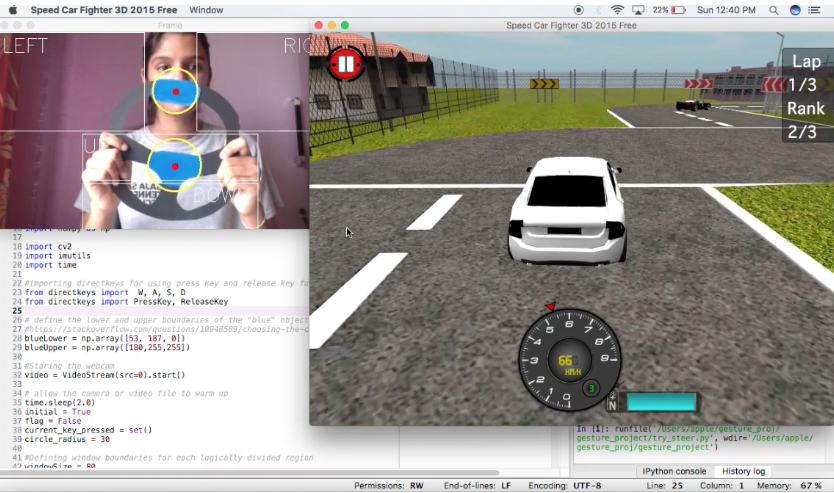libra
Libra automates the end-to-end machine learning process in just one line of code. It is built for both non-technical users and software professionals of all kinds.
Full documentation can be found at libradocs.github.io
Installation
Install latest release version:
pip install -U libra
Install directory from github:
git clone https://github.com/Palashio/libra.git
cd libra
pip install .
From Conda:
conda install libra -c conda-forge
Usage: the basics
The core functionality of libra works through the client object. A new client object should be created for every dataset that you want to produce results for. All information about the models that're built, the plots that are generated, and the metrics are created will be stored in the object.
You can then call different queries on that client object, and the dataset you passed to it will be used.
from libra import client
newClient = client('path/to/dataset')
newClient.neural_network_query('please model the median number of households')
Now, calling
newClient.info()
will return a dictionary of all the information that was generated:
dict_keys(['id', 'model', 'num_classes', 'plots', 'target', 'preprocesser',
'interpreter', 'test_data', 'losses', 'accuracy'])
Other queries can also be called on the same object, and will be appended to the models dictionary.
newClient.svm_query('predict the proximity to the ocean')
newClient.model().keys()
dict_keys(['regression_ANN', svm'])



